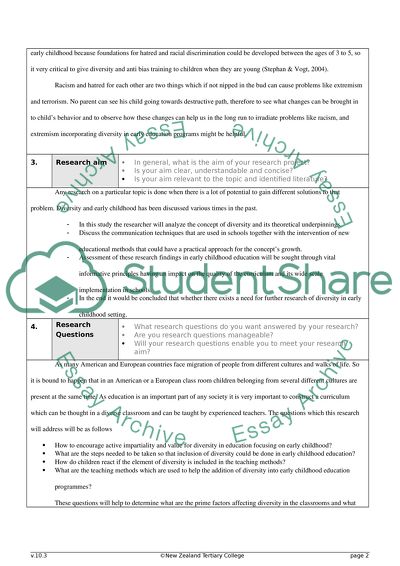Cite this document
(“HOW CAN I INCORPORATE DIVERSITY INTO EARLY CHILDHOOD Research Proposal”, n.d.)
Retrieved from https://studentshare.org/gender-sexual-studies/1405699-how-can-i-incorporate-diversity-into-early
Retrieved from https://studentshare.org/gender-sexual-studies/1405699-how-can-i-incorporate-diversity-into-early
(HOW CAN I INCORPORATE DIVERSITY INTO EARLY CHILDHOOD Research Proposal)
https://studentshare.org/gender-sexual-studies/1405699-how-can-i-incorporate-diversity-into-early.
https://studentshare.org/gender-sexual-studies/1405699-how-can-i-incorporate-diversity-into-early.
“HOW CAN I INCORPORATE DIVERSITY INTO EARLY CHILDHOOD Research Proposal”, n.d. https://studentshare.org/gender-sexual-studies/1405699-how-can-i-incorporate-diversity-into-early.


